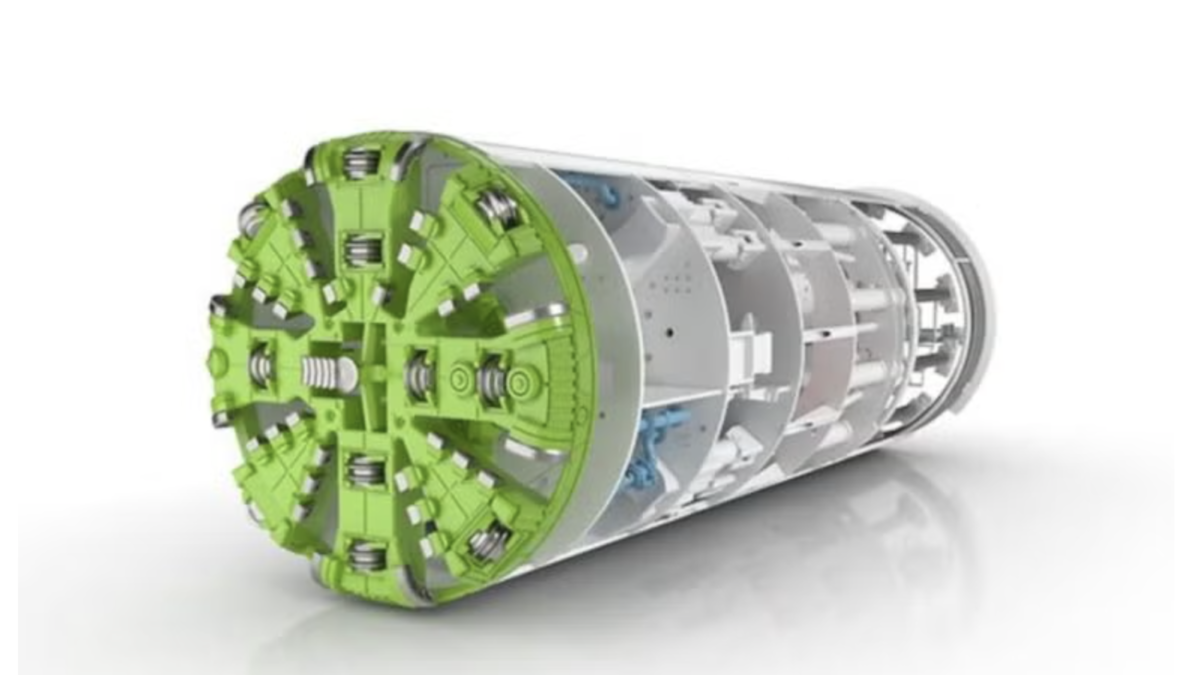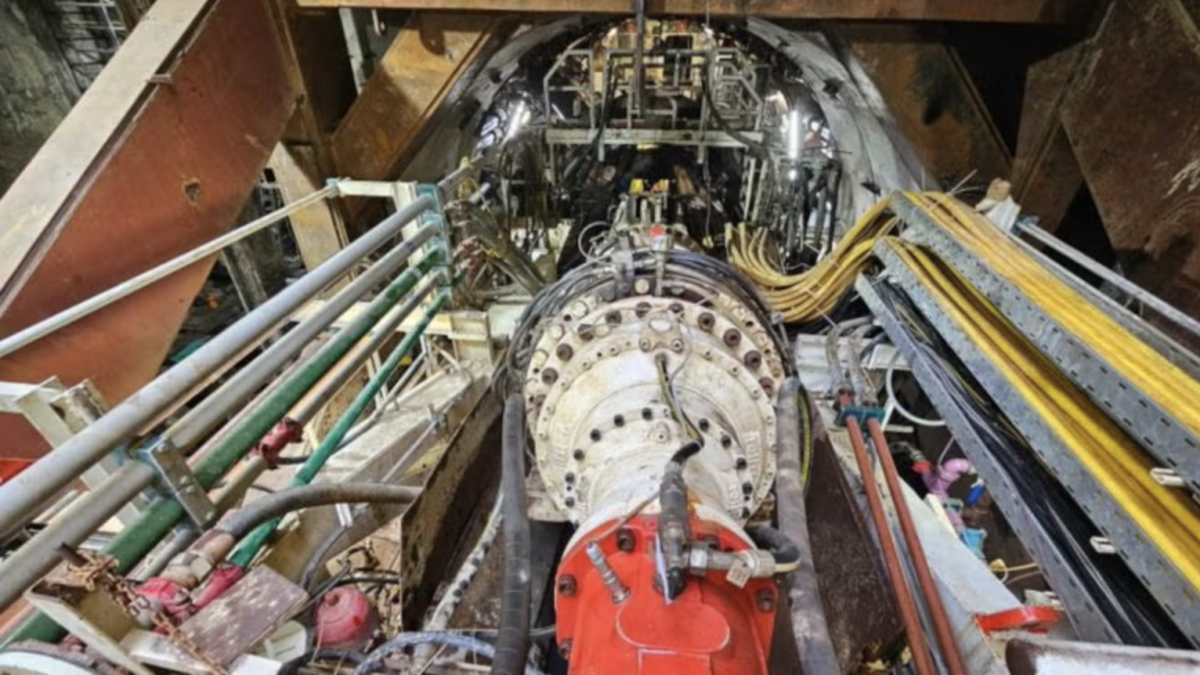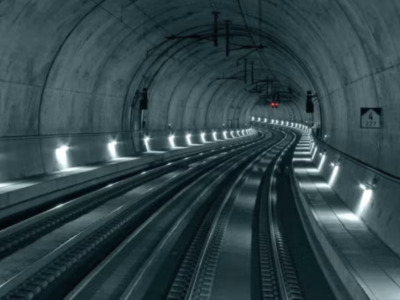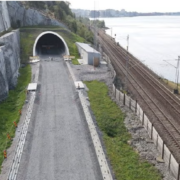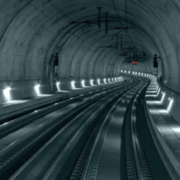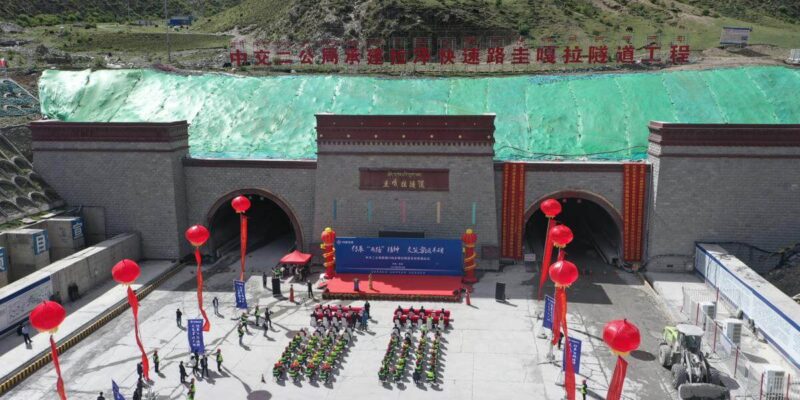
Work on the world’s longest high-altitude road tunnel was completed in the Tibet autonomous region after seven years of construction.
The Gokarla Tunnel links the Dechen township of the Dagze district of Lhasa and the Samye township of Zhanang county in the region’s Lhokha City. Also, it is a critical section of the Lhasa-Tsethang Highway, which is one of the significant measures in making a one-hour economic circle in the central part of the region, according to China Communications Construction Company, which constructed the project.
The measurements at the tunnel entrances are 4,248 meters and 4,117 meters above sea level. With one lane of the tunnel stretching 12,790 meters and the other 12,780 meters, the tunnel has been called the world’s longest at such an altitude, according to the company.
A leader of the project, Zhou Xiaobing, declared the average altitude of the tunnel is 4,300 meters, and the geological conditions along the route are excessively complicated.
“During construction, we faced difficulties in terms of the sheer length of the tunnel, ventilation, large inclines, lack of oxygen, and frigid cold weather,” said Zhou, who added that excessive soil moisture and dangerous gases also proved hazardous.
He claimed that if the project were not in the mountains, it should have only taken a maximum of four years to finish, but when the average altitude is further 4,000 meters, things get complicated.
The workers used state-of-the-art equipment like three-arm drilling trolleys, wet spraying manipulators, electric loaders, and electric excavators, to cope with the construction problems.
Zhou expressed: “The use of this advanced equipment significantly reduced the number of workers and labor intensity involved, and it significantly improved construction efficiency and safety.”
Connecting the regional capital Lhasa with the region’s southern city of Lhokha, the Lhasa-Tsethang Highway is anticipated to commence by the end of this year. It is said to cut the travel time to almost one hour from three hours.
“It will fundamentally change local transportation, not only greatly improving travel, but also driving the development of tourism, agriculture, and animal husbandry along the route,” stated Zhou.
He also continued: “It is of great value for promoting the economic and social development of Tibet, and to build the region into a moderately prosperous society in all respects.”
A Tibetan villager who lives along the route, Drolma Kelsang, expressed she is pleased about the tunnel and looks forward to the highway opening.
She said: “It will be convenient for my kids to go to school in Lhasa, and our life will become more convenient,”
“It will also help our residents look for more job opportunities, and to sell our local agricultural products to a bigger market.”



